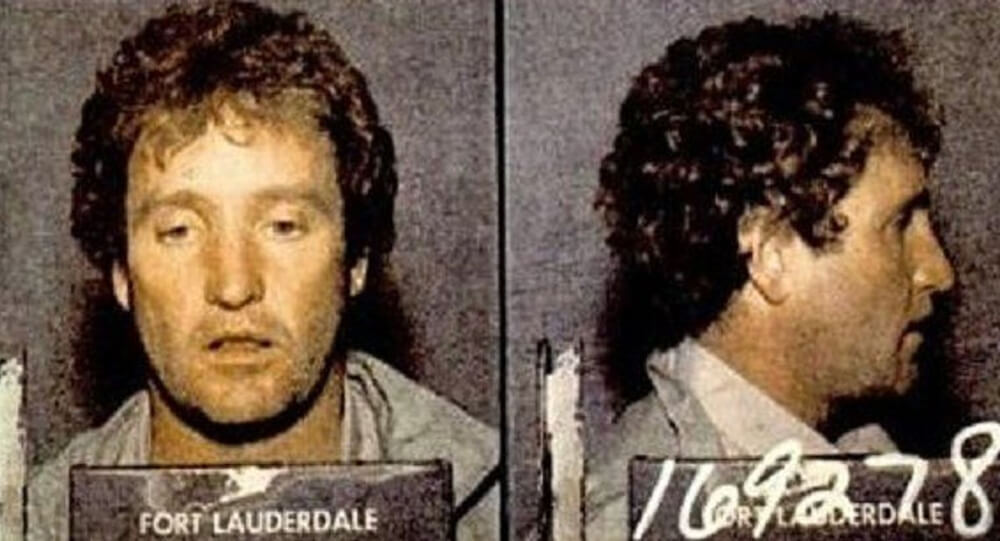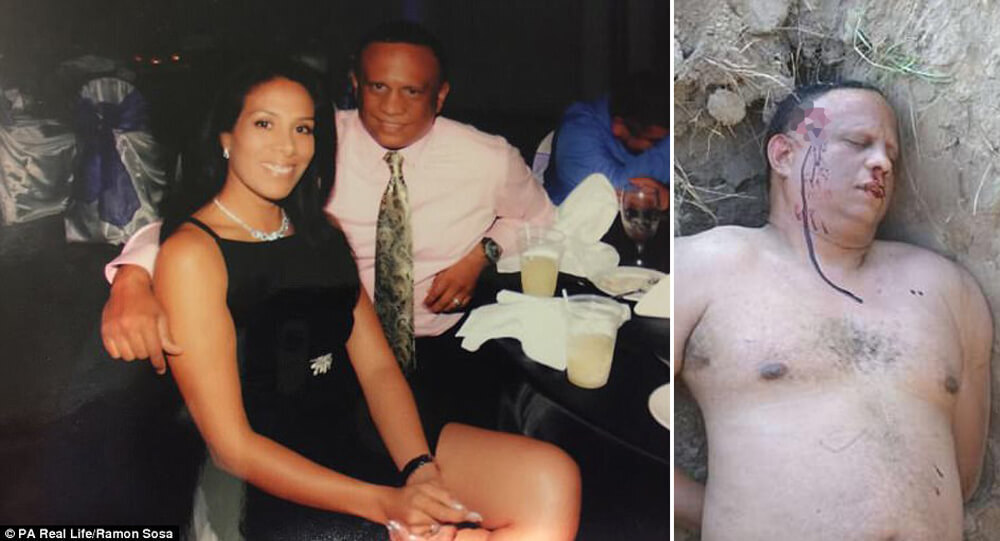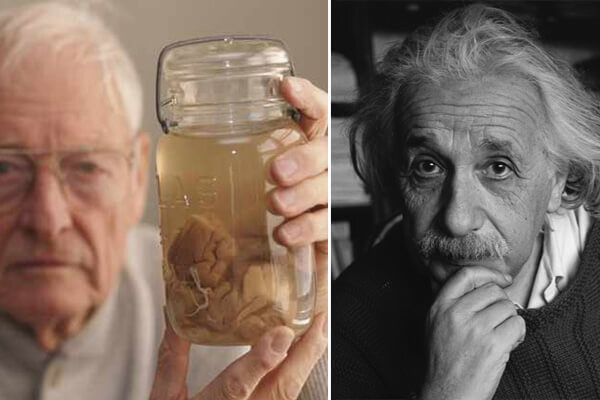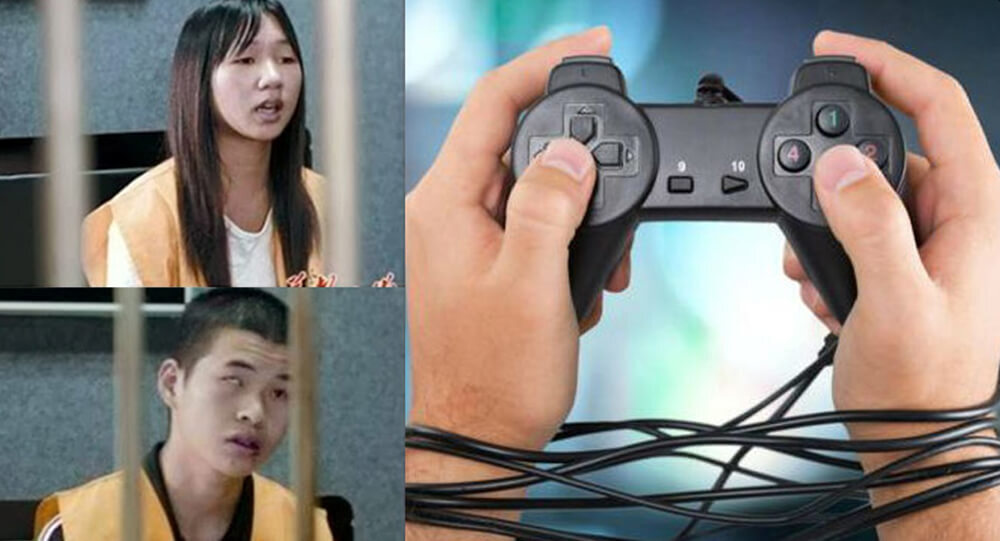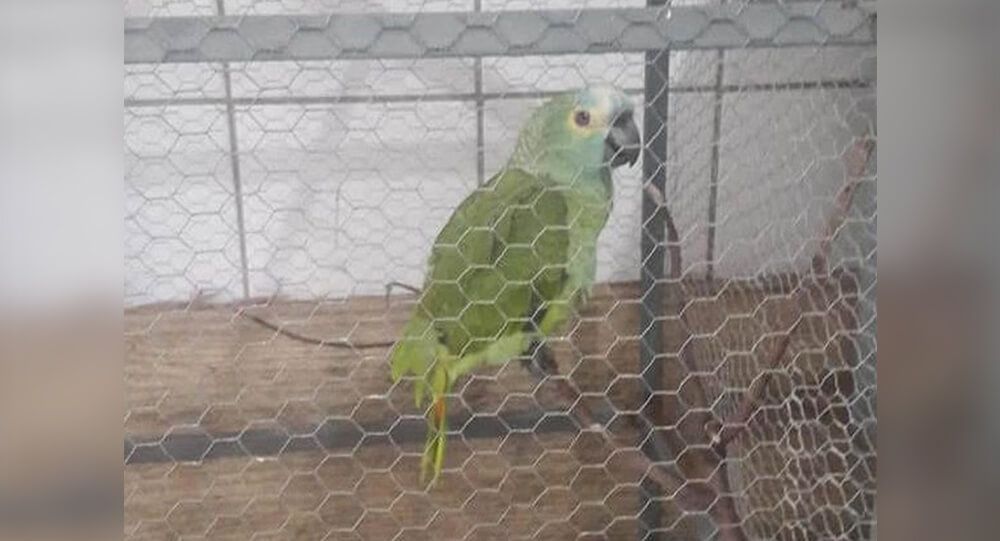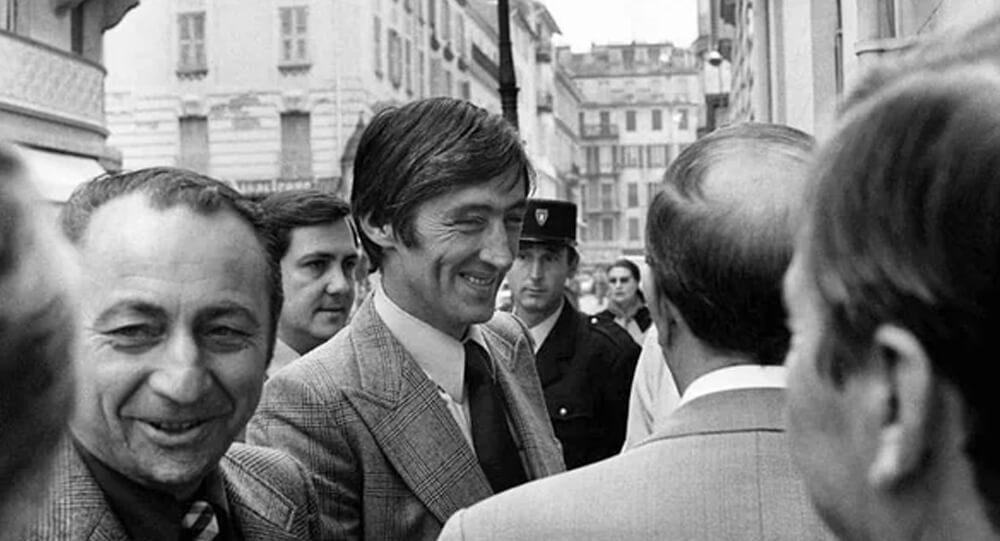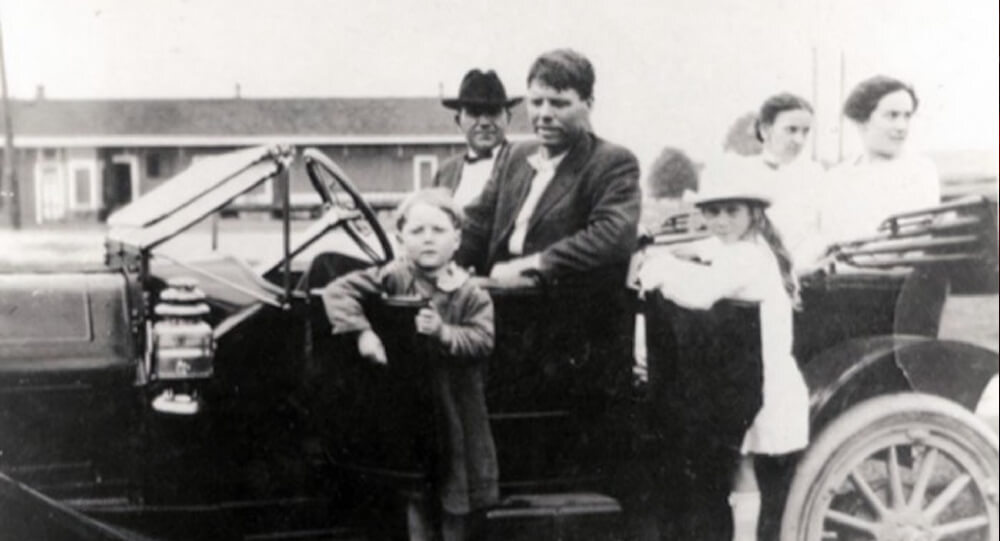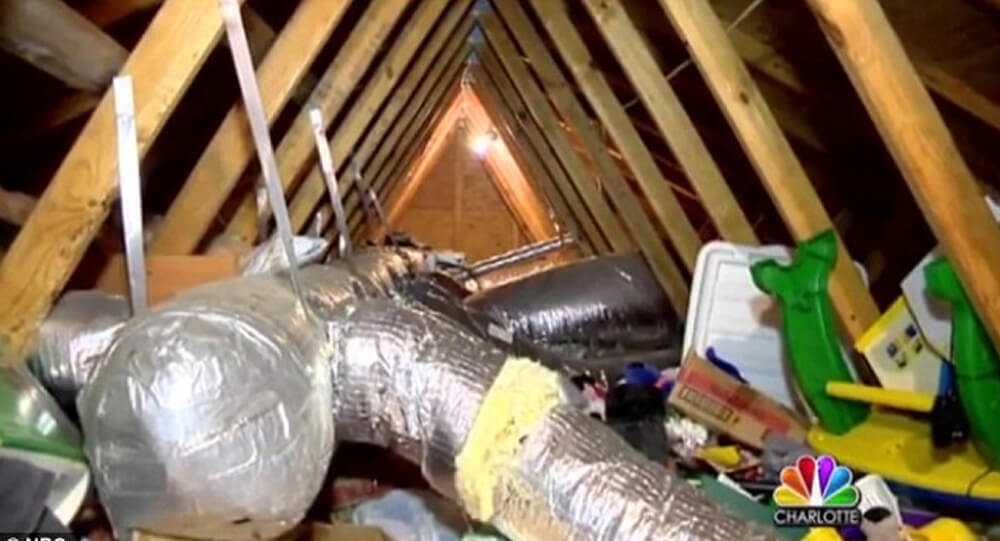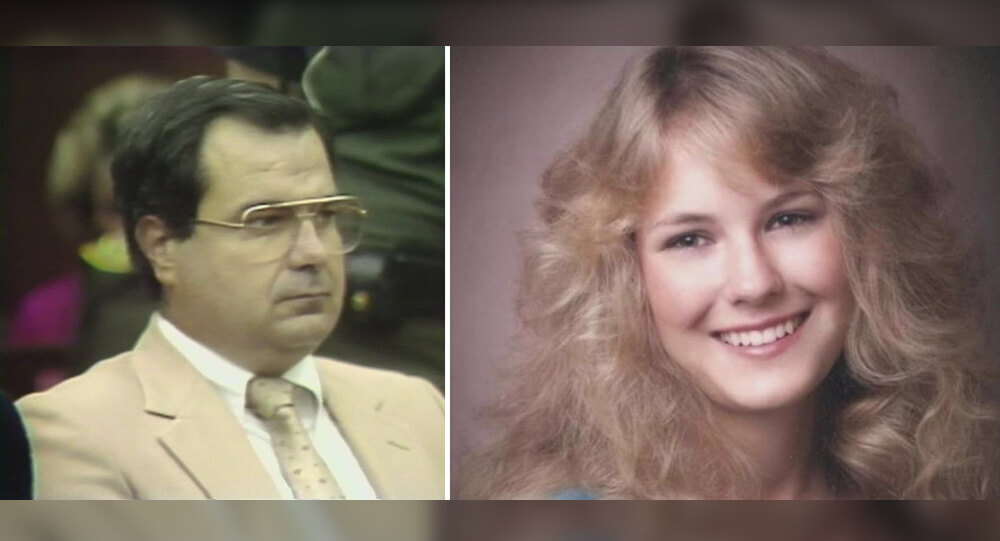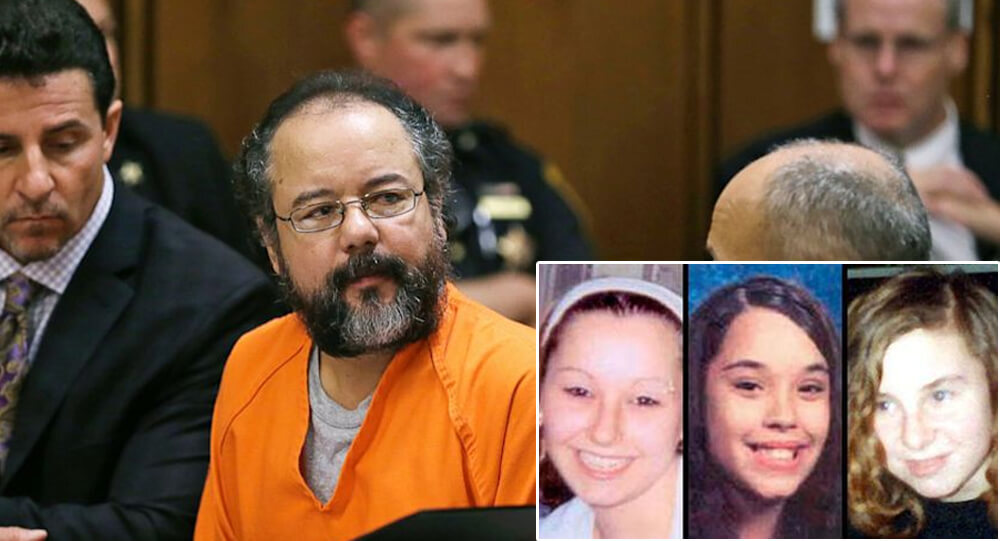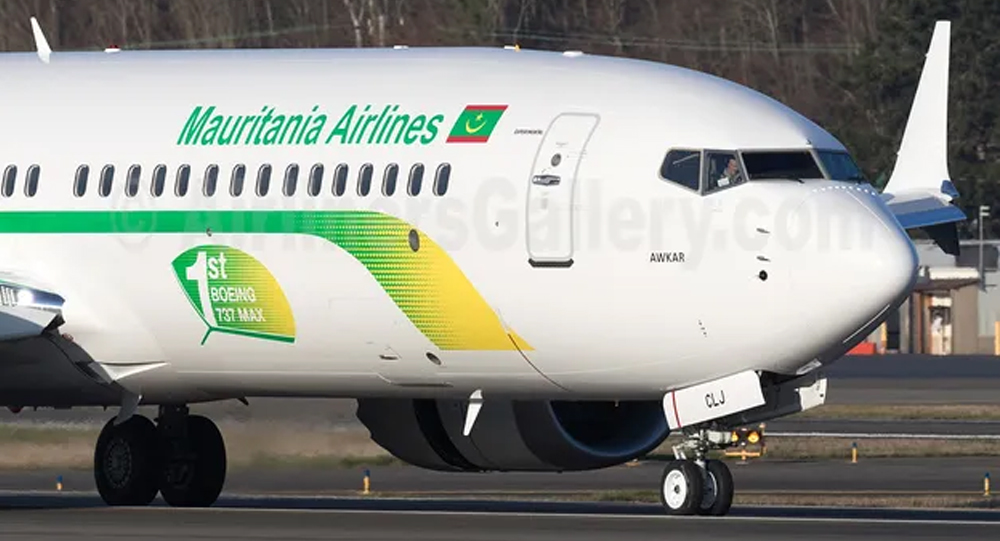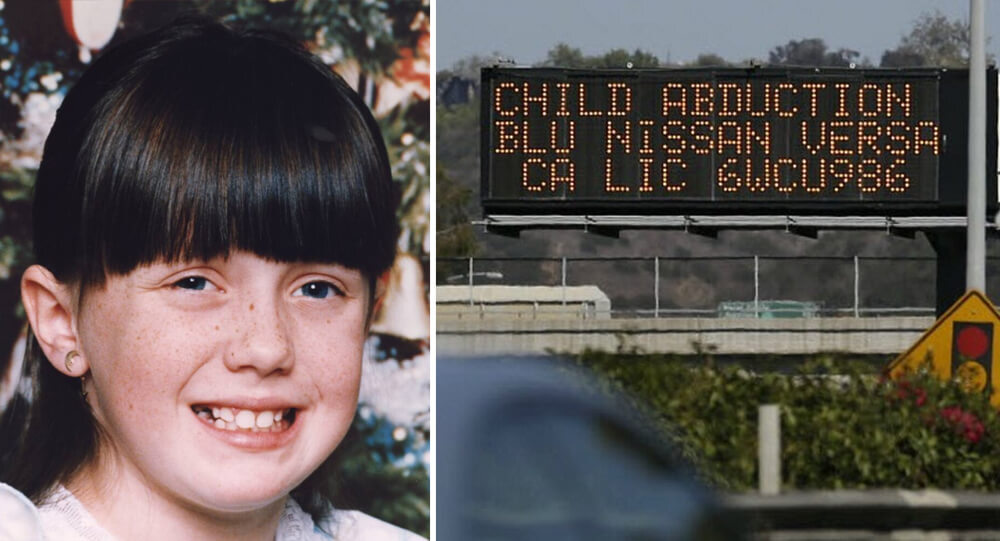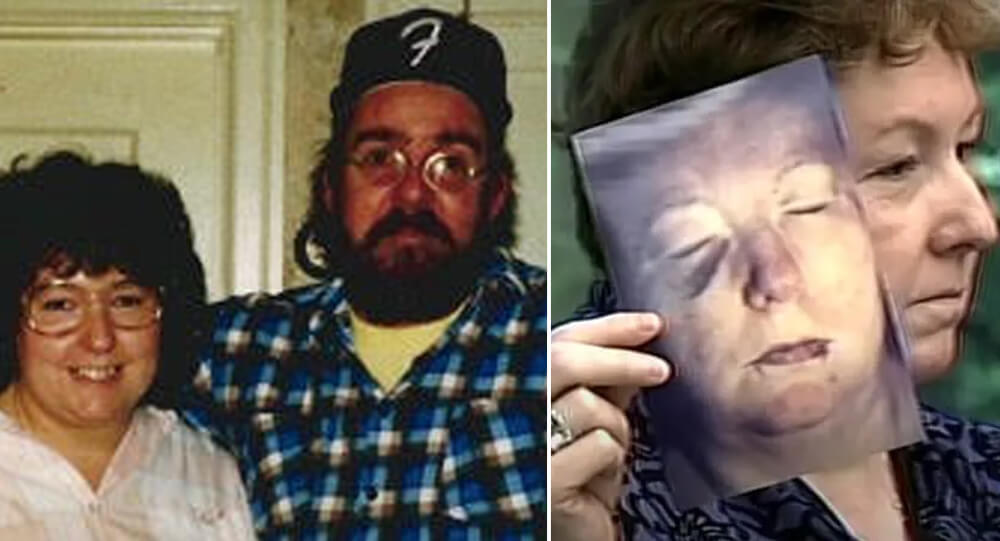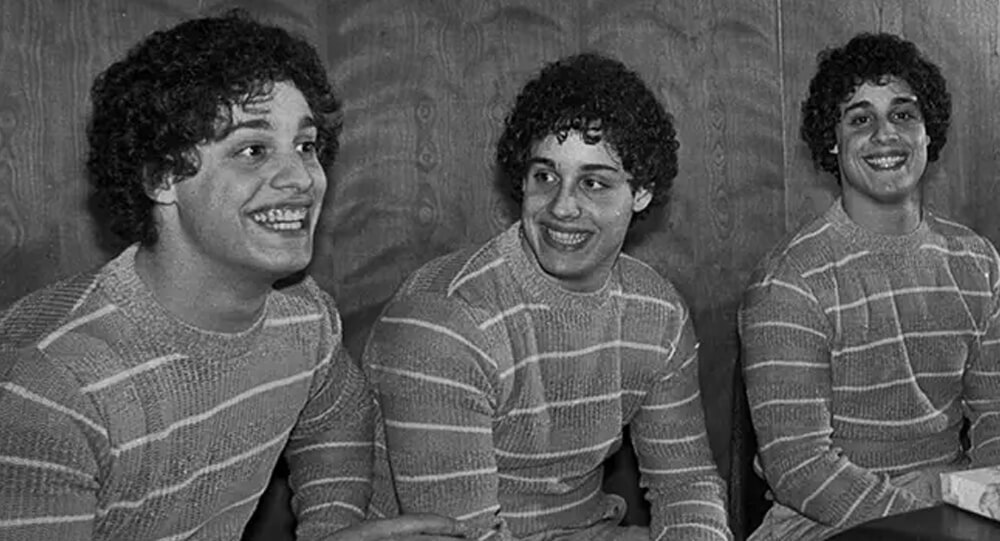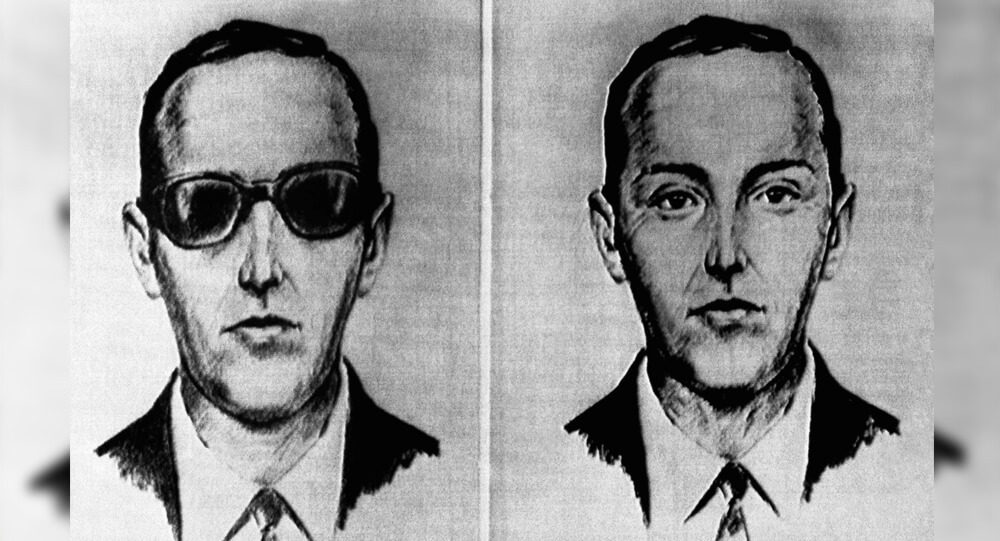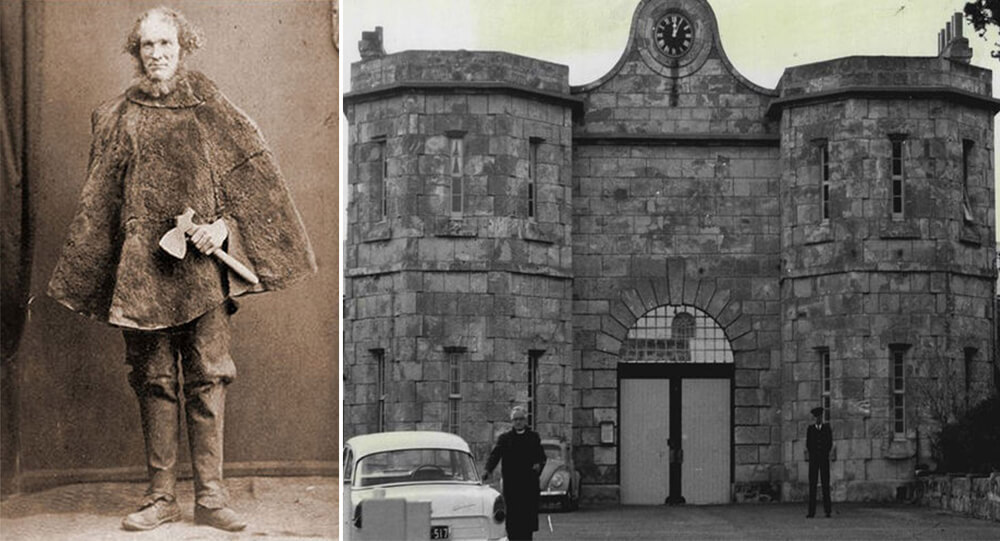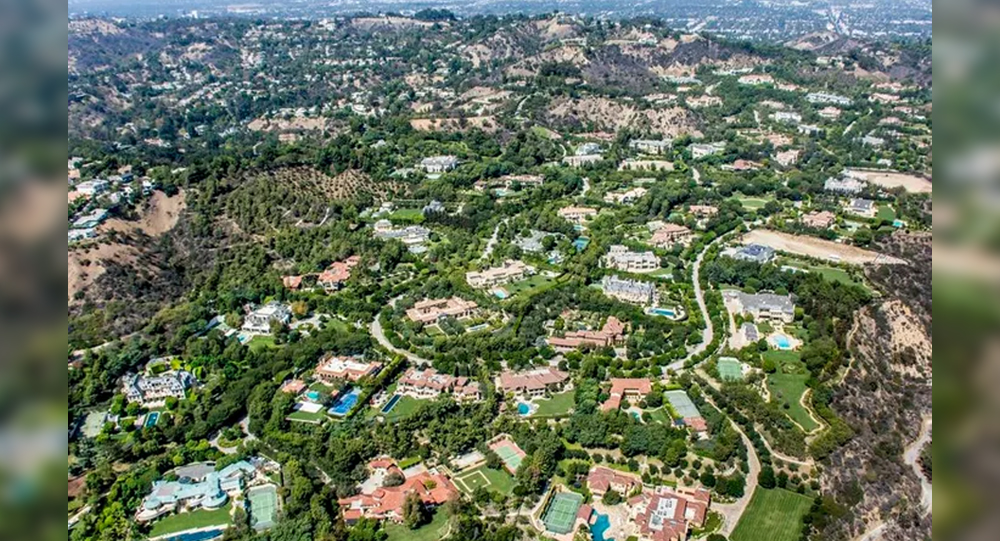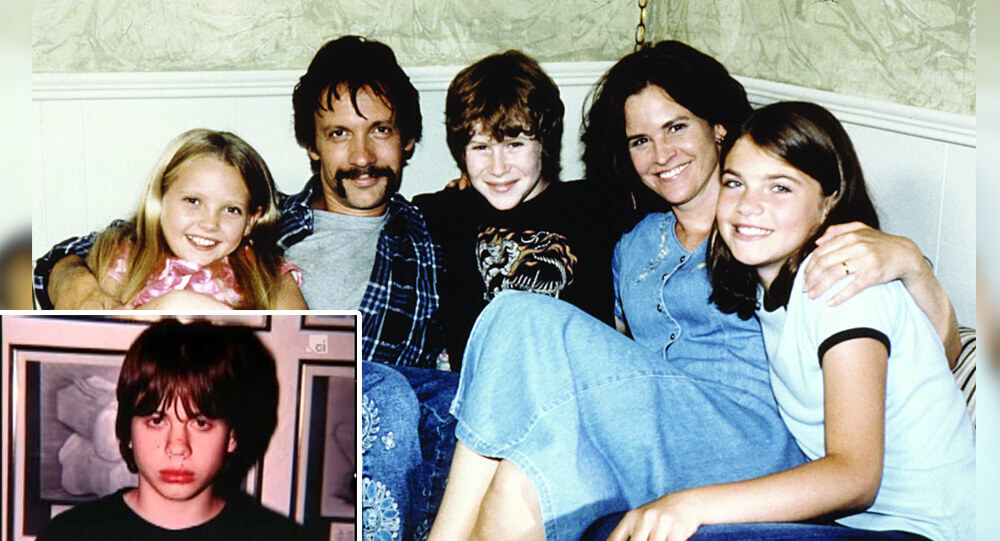
The murder of Michael Crowe’s younger sister shocked the neighborhood and captivated the country with its horrific details. Tragically, Michael was initially detained and found guilty of the brutal crime. However, as the case progressed, concerns surfaced and important new evidence was uncovered, resulting in a historic decision that would forever alter Michael’s life. This article delves deeply into Michael Crowe’s gripping tale, examining the initial investigation, the legal process, the appearance of new evidence, and the ultimate declaration of Michael’s factual innocence. It also looks at the fallout, the effects of this case on the legal system, and the ongoing significance of upholding due process.
Background and Overview
A young and vibrant girl named Stephanie Crowe was found brutally murdered in her own home, causing tragedy in a small town with close-knit communities. Everyone in the community was in search of explanations after the shock and horror spread throughout it. However, what happened after this tragedy was a case that would draw attention to the shortcomings and injustices in our legal system, ultimately leading to the startling admission of Michael Crowe’s actual innocence.
The Initial Investigation and Arrest of Michael Crowe
Stephanie’s lifeless body was found on a typical morning. The horrific scene shook the neighborhood, leaving everyone searching for explanations and justice.
Michael Crowe, Stephanie Crowe’s brother, came under suspicion as investigators started to piece together the case. Due to Michael’s presence in the home at the time of the crime, investigators initially suspected he might have been involved.
Michael Crowe, who was only a teenager at the time of the incident, was arrested and put through a difficult interrogation, and he soon found himself in the middle of a nightmare. Investigators put him under a lot of pressure to provide information, which resulted in a confession that would later be opposed.
Key Evidence and Controversies Surrounding the Case
The confession Michael Crowe provided served as the foundation for the prosecution’s case. The public opinion and the subsequent legal proceedings were significantly influenced by this confession, which was regarded as a key piece of evidence.
But as the case developed, questions about the accuracy of Michael’s confession started to surface. There were concerns about the techniques used during his interrogation as well as the vulnerability of a young, emotionally vulnerable adolescent to making up confessions.
The investigation itself came under fire for using questionable strategies that can result in false confessions, like suggestive questioning and psychological pressure. These strategies unfairly distorted the investigation and significantly influenced how the case turned out.
The Judicial Process: Trial and Conviction of Michael Crowe
The prosecution presented its case during the trial, building a story that identified Michael Crowe as the perpetrator of this heinous crime. In an effort to persuade the jury that the confession was a sincere admission of guilt, they heavily leaned on it.
However, the defense team carefully removed the prosecution’s case. They emphasized the absence of tangible proof connecting Michael to the crime and outlined the shortcomings in his confession. Alternative hypotheses that implied the involvement of an unidentified third party were put forth.
The jury’s shocking verdict, which marked the trial’s conclusion, shocked many people. Michael was found guilty of the murder despite the doubts surrounding his confession and a lack of hard proof. The Crowe family was devastated by the sentence and began to doubt the justice system’s fairness.
The path to justice for Michael Crowe seemed difficult and uncertain throughout this tragic ordeal. This story, however, took a remarkable turn as fresh information came to light, ultimately resulting in the alarming admission of Michael Crowe’s actual innocence, which would change everything.
New Evidence Emerges: Reopening the Case
The case against Michael Crowe for the murder of his sister appeared to be closed when he was found guilty. But new information eventually surfaced that called into question his guilt, thanks to the solid determination of the prosecution and the work of the investigators. Crowe was given a second chance at justice thanks to the tireless efforts of those who held that he was innocent.
As the case was reexamined, fresh details started to emerge that cast doubt on the story that had been widely believed. Reexamining the evidence, detectives and forensic specialists found differences that cast doubt on Crowe’s involvement. The testimony of previously unheard witnesses provided new insight into the circumstances surrounding his sister’s tragic death. With each new information, the truth became more obvious and pointed away from Crowe’s guilt.
Justice was finally served in large part thanks to the growing pressure to reexamine the case from supporters, advocates, and the general public. The legal system was forced to admit its errors as a result of the firm voices calling for an impartial reevaluation of the evidence. This group pressure pushed for a comprehensive investigation and a chance for the truth to come out on top.
Michael Crowe Found Factually Innocent
The precise examination of the new data produced a different story that suggested Crowe’s innocence. Expert opinions and scientific developments gave investigators crucial new information about the case, exposing weaknesses in the earlier investigation and removing all reasonable doubt from Crowe’s guilt. The careful investigation of the recently discovered evidence ultimately produced a paradigm-shifting discovery.
With the newly discovered evidence, legal actions were taken to have Crowe’s conviction overturned. To refute the previous judgment, attorneys and legal professionals painstakingly crafted arguments that highlighted the contradictions and weaknesses in the initial investigation. Following careful deliberation, the courts recognized the strength of the evidence and the potential for a miscarriage of justice, and they launched a procedure to right the wrongs done to Crowe.
Michael Crowe’s official release from responsibility for killing his sister finally happened. With the newly discovered evidence in hand and the conviction that justice must be done, the courts reached the historic conclusion. For Crowe, who had spent years struggling under the weight of unfounded accusations, it was a bittersweet victory. His life’s new chapter—one unhindered by the specter of an incorrect conviction—began with the admission of his innocence.
The Aftermath: Implications and Lessons Learned
Although Crowe’s innocence was established, the harm brought on by his erroneous conviction cannot be easily repaired. It had a tremendous negative impact on both his life and the lives of his family members. The process of regaining life as usual, mending emotional scars, and reestablishing trust would take time, but the newfound freedom offered a glimmer of hope for a better future.
Michael Crowe’s case received a lot of media coverage, which influenced public opinion and sparked discussions about the shortcomings of the criminal justice system. The injustices experienced by Crowe and his family were brought to light in large part due to the media coverage. Additionally, it emphasized the value of impartial and thorough investigations and warned the public against making snap decisions.

Brazilian gang leader attempts to escape from Rio de Janeiro prison by dressing up as his daughter
In 2019, a Brazilian gang leader tried to escape from prison by dressing up as his daughter when she visited him behind bars and walking out of the penitentiary's main door in her place.

Andre Stander: The Police Officer Who Became a Bank Robber
Like scenes from a blockbuster movie, Andre Stander robbed Banks during his lunch breaks and returned to the scene as the lead investigating officer

A man faked his death in 2016 after his Mexican wife plotted to kill him by paying a hitman $2,000
In 2016, a guy faked his death after his Mexican wife plotted to murder him by hiring a hitman $2,000. He cooperated with the FBI to create fake murder images, which landed his wife in jail for 20 years.

Albert Einstein’s brain after it was stolen from his body
Albert Einstein's brain was taken by the opportunistic pathologist who performed his autopsy hours after he died and kept in two jars for 30 years. The stolen brain of Albert Einstein was preserved in a cookie jar for 30 years until being discovered by a journalist.

Chinese Couple Sell Their Three Children to Play Video Games
A young Chinese couple has sold all their three children in exchange for money to play online games at internet cafes.

'Super obedient' lookout parrot trained by Brazilian drug dealers is seized by police
In 2019, police in Brazil seized a 'super obedient' lookout parrot trained by drug dealers. According to reports, the bird had been taught to alert criminals to police operations by shouting: "Mum, the police!" As soon as the police got close, he started shouting.

Albert Spaggiari: The Man Who Stole 45m Francs And Was Never Caught
In 1976, French gangster Albert Spaggiari was arrested after his gang stole 100 million francs worth of valuables from a bank. At his trial, he distracted the judge then jumped out of a window and fled on a motorcycle set up for him. He was never caught and died a free man.

The Unsolved mystery of Bobby Dunbar's Disappearance
In 1912, a four-year-old boy named Bobby Dunbar went missing on a family trip, 8 months later he was found and reunited with his family. Nearly a century later, DNA testing of his descendants revealed that the child reunited with the Dunbar family was not Bobby, but rather a boy named Charles (Bruce) Anderson who resembled Bobby.

Woman found guilty of murdering her husband after a parrot repeated the victim's 'last words'
In 2017, a woman named Glenna Duram shot her husband five times before attempting suicide. Soon after, the couple’s pet African Grey parrot, the only witness to the crime, started repeating the words “don’t f*****g shoot!” It is thought to have been the pair’s last exchange. Duram survived and was found guilty of first-degree murder.

A woman finds her ex-boyfriend living in her attic 12 years after they broke up
Most people have heard of "things that go bump in the night," but for one South Carolina lady, that "thing" was her ex-boyfriend, whom she discovered living in her attic more than 12 years after they broke up.

The truth behind the murder of Cara Knott
After the murder of Cara Knott in 1986, a local news station filmed a ride-along segment with a highway patrol officer named Craig Allen Peyer who talked about women’s safety and gave tips on what to do when stranded on the road. That same officer later turned out to be the “Knotts killer.” He was convicted of the crime in 1988.

The Horrific story of Ariel Castro and the Cleveland abduction
Cleveland abduction victims Gina DeJesus, Michelle Knight, and Amanda Berry were forced to live in Ariel Castro's house of horrors for 10 years. He raped and beat them until they escaped in 2013.

The Birth of Stockholm Syndrome: The 1973 Bank Robbery That Changed Psychology
In 1973, a botched bank robbery in Stockholm, Sweden, led to a six-day hostage crisis, where captives began defending their captors—giving rise to Stockholm Syndrome. Strangely, one hostage later befriended a robber, and another raised money for their legal defense, baffling psychologists and law enforcement alike!

The 2007 Mauritanian Flight Hijacking That Passengers Turned Into Victory
In 2007, a tense hijacking aboard an Air Mauritania flight turned into an extraordinary story of quick thinking and passenger bravery. When a gunman took control mid-flight, the pilot covertly warned passengers in French—a language the hijacker didn’t understand—that a sudden bumpy landing was imminent and urged them to use the moment to overpower the attacker. The passengers bravely followed the plan, dousing the hijacker with boiling water and subduing him, transforming fear into triumph. This article relives the harrowing incident and highlights the courage that saved lives on board.

How a Pizza Delivery Saved a Hostage in 2015
A pizza delivery once helped end a hostage situation! In 2015, a pizza order placed by a woman being held hostage included a hidden message for help. The pizzeria staff alerted the police, leading to her rescue..!

Chilling Story Behind the Amber Hagerman’s Murder And The AMBER alert system
Amber Hagerman is the reason we have the Amber alert or a child abduction emergency alert system. As of April 2019, 957 children rescued specifically because of AMBER Alert. To this day, the Amber behind Amber alert is still waiting for justice.

Susan Kuhnhausen Killed the Hitman Sent to Kill Her
Susan Kuhnhausen's ex-husband hired a hitman to assassinate her. Susan "made a decision to live" in that terrifying moment.

Scientists separated triplets at birth for a controversial experiment and had no idea what they were doing
As part of an experiment, a set of triplets was intentionally separated at birth and given to three sets of parents from different socioeconomic backgrounds. It was discovered in 1980, when two of the triplets attended the same college.

D.B. Cooper: Man who hijacked a plane and jumped out with a $200,000
On November 22, 1971, DB Cooper hijacked a Boeing 727, drank a whisky, smoked a fag, and then jumped out of the plane with $200,000. He was never again seen.

In 2018, a 30-year-old survived a close-range gunshot thanks to silicone implant
In 2018, a 30-year-old woman from Toronto, Canada survived a close-range gunshot thanks to her silicone breast implant. Doctors believe that the implant deflected the bullet away from her vital organs, and her only injury was a fractured rib.

Moondyne Joe: The story of Australia's most notorious prison escapee
A man named Joseph Bolitho Johns (A.K.A Moondyne Joe) broke out of Australian prisons so many times that the police were compelled to build a special cell just for him. He escaped from that as well.

True Story: Russian Pilots Held by Taliban Fought Back and Flew to Freedom
A Russian cargo plane was captured by the Taliban in Afghanistan with Seven crew members aboard. After being held captive in Kandahar for over a year, the crewmen were able to overpower their captors, retake their plane and fly it out of Afghanistan to safety.

The Great Greek Swimming Pool Scandal: When Satellites Exposed a Tax Evasion Wave
Only 324 residents of a wealthy neighborhood in Athens admitted to owning swimming pools on their tax returns. To verify the truth, Greek tax authorities studied satellite photos of the area and found a total of 16,974 pools. The majority of people had simply lied about their assets to save on taxes.

Man who robbed bank to get away from wife sentenced to home confinement
In 2017, a 70-year-old man robbed a Kansas City bank, then sat down in the lobby waiting for the Police to arrive stating he’d rather live in jail than with his wife. He was arrested but rather than thrown in a cell he was sentenced to 6 months of home confinement.

A woman accidentally tipped $7,723 for coffee and some cake and never get the money back
In 2018, a woman accidentally paid $7732 for a cup of coffee and a cake at a Swiss café after accidentally entering her PIN code as a tip. She never received a refund.


